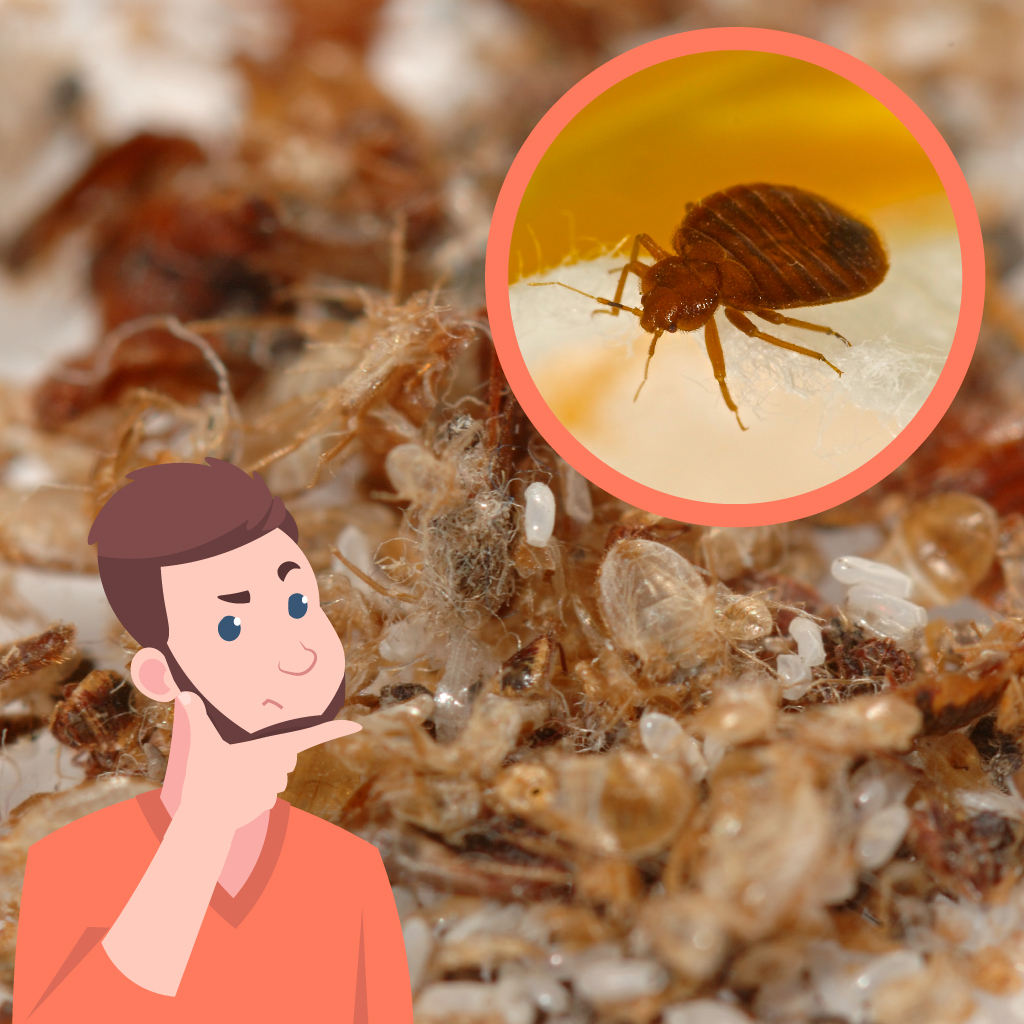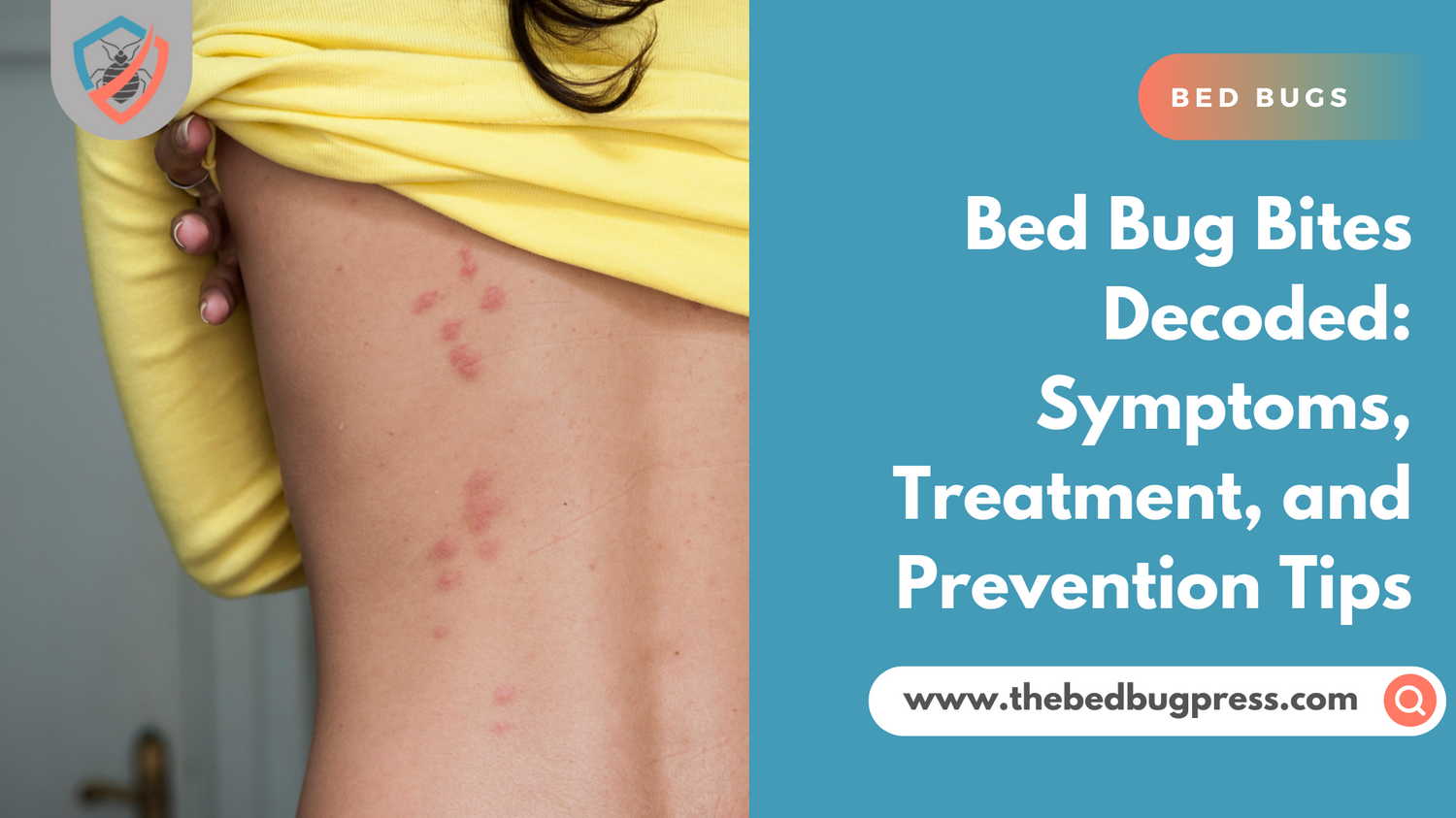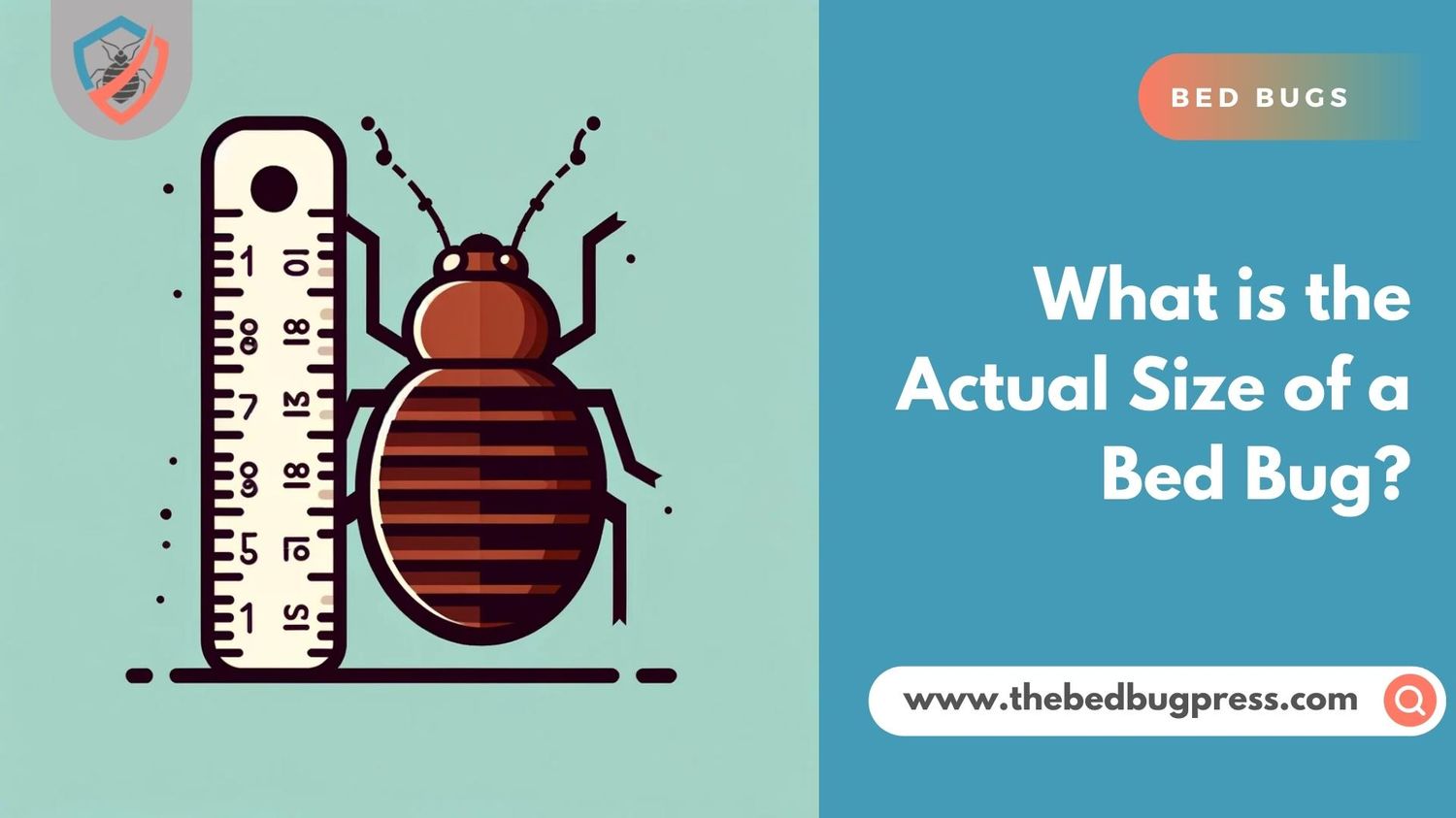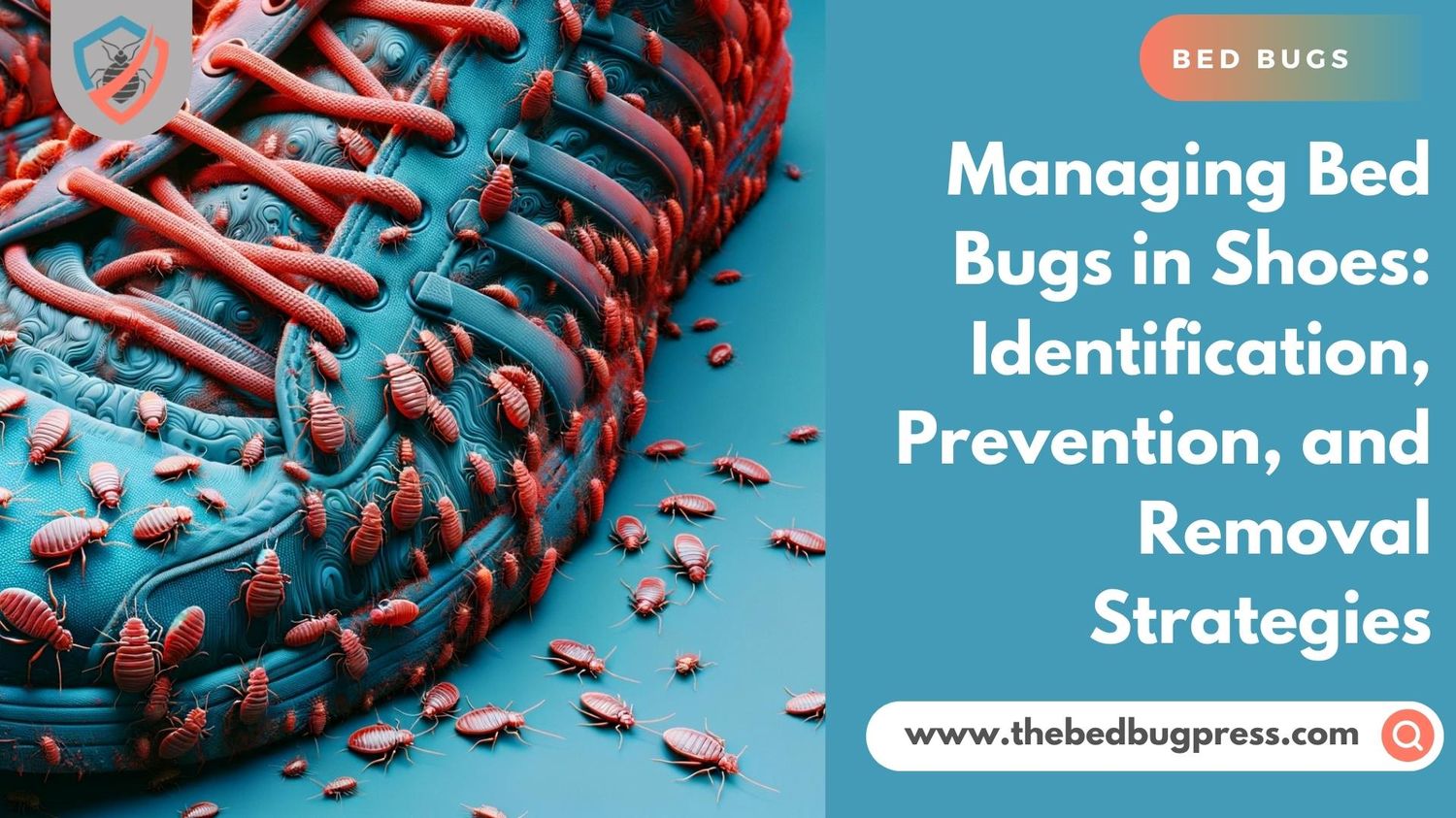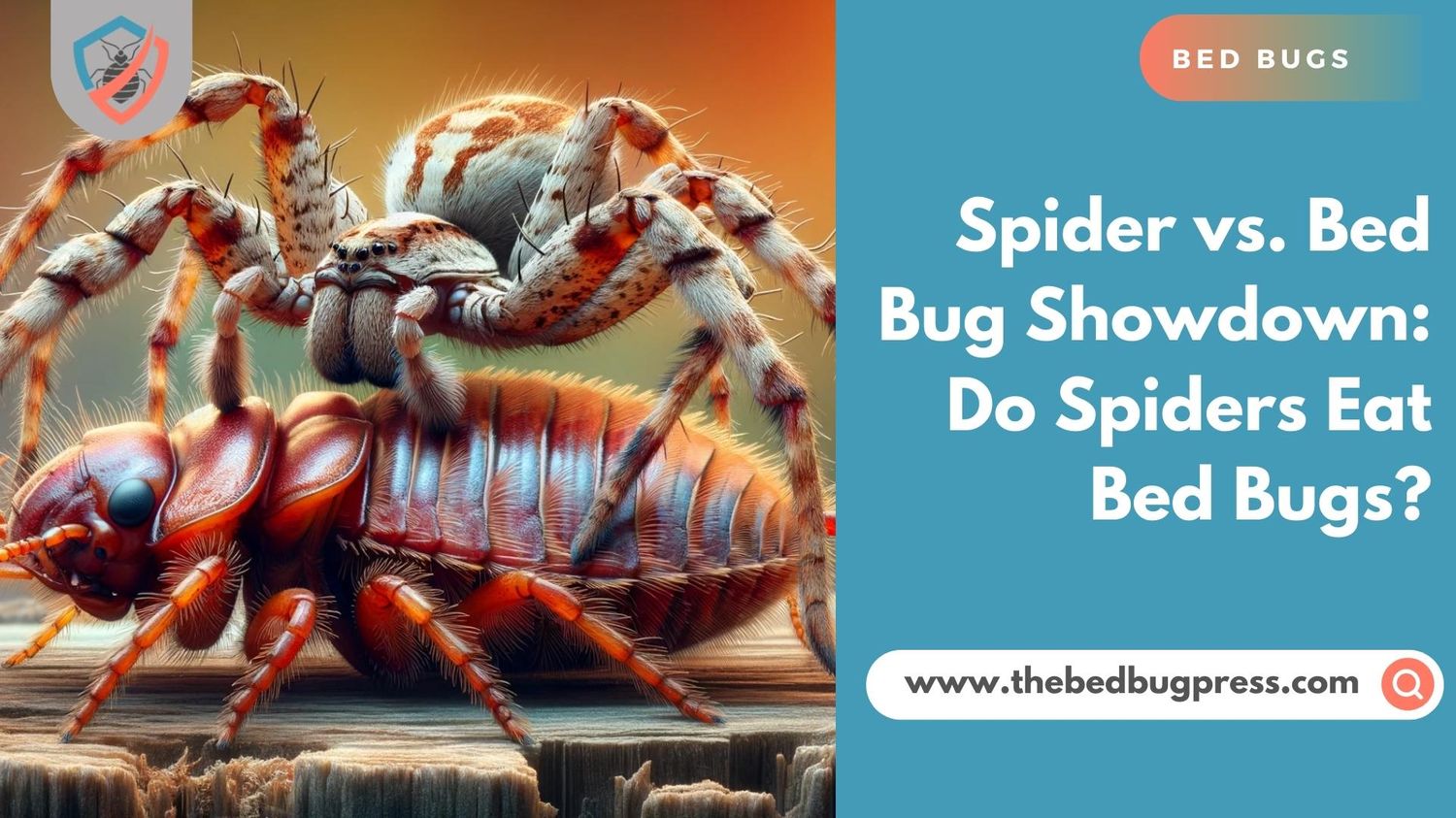Are Bed Bug Feces Hard or Soft?
Among the common signs of a bed bug infestation is the sight of bed bug poop on heavily infested items. However, when confirming an infestation it is among the difficult things to confirm just like when searching for bed bug eggs. You may even mistake it for other pests’ feces, which will lead you to ask are bed bug poop hard or soft?
Identifying Bed Bug Feces
As bed bugs feed on your blood, the digested blood would then turns into bed bug droppings. Most of the time, the quantities of bed bug poop are almost similar every time a bug feeds. The shape, color, and size are usually the same, which makes it possible for you to determine if the stains are from the critters.
Shape
Since the fecal matter soaks in the fabric, it will leave a regular stain mark every time. It’s similar to the stain left when you let the ink from a ballpoint pen soak in a sheet.
Color
The color of their poop is dark red to rusty dark brown color that is almost black. Unlike the color of fresh blood, their poop is always darker. If it is the same color of blood, it is less likely to be from bed bugs.
Size
Most of the time, the size of the fecal smears is only the size of an ink stain. It would be the same size if you will poke a sheet using a ballpoint pen and let the ink soak in the sheet.
The fecal matter is most likely soft since it can be easily absorbed in the sheet. However, in case they leave the droppings on a hard surface, they may dry up and become hard.
For you to know whether the stains that you’ve been seeing on your sheets are from bed bugs, you should take a picture and start comparing them with other stains. This will help you compare and identify bed bug fecal stains from regular dirt.

What Does Bed Bug Fecal Matter Look Like on Sheets?
If an infestation is just starting, you might not easily find any signs of bed bugs right away. Once the critters start feeding off you, it will take several days before you find droppings since they digest blood for a long time.
After feeding, they will quickly go back to the area where they stay, which is the underside of your mattress. As they get there, they will digest the blood in peace. This is why you should check the underside of your mattress or its corners as these are the areas where they stay.
At some point, you may even find small dotted spots around you. These are usually the paths that the bugs take as they walk to and from you while you are sleeping. This means that if they are harboring on the top right corner of your mattress, the majority of their droppings are around that area.
How Inspecting Droppings Helps in Identifying Bed Bug Activity
If you’ve been getting bed bug bites, among the important things that you should do is identify bed bug droppings that these pests may have left. Since you already have an idea of what bed bug droppings look like, you can now integrate them into the bed bug treatment routine you have.
Bed bugs leave these droppings after they feed. You can find these droppings either near you or near their hiding spot. The sight of these droppings can also confirm an infestation if you’re still unsure.
Finding These Droppings on Your Bed and Around Your House
There are other places where you can find bed bug fecal matter aside from your bed. The following are common places where you should look for these fecal droppings:
Your Bed
Expose the mattress by pulling back the cover. Check the parts of the mattress that are near your exposed skin like the arms and ankles and also the middle of the bed.
As you remove the bottom sheet, you can start inspecting the mattress completely. Pull the edges up so you can look through the cracks. Also, check the welting and inspect the sewn edges.
Areas and Items Around Your Bed
Don’t forget the check the window dressings, windowsills, and carpet edges. They can also hide under wallpaper and even behind wall frames.
You should check your curtains and drapes. If you always keep your curtains bunched up, inspect that part too. Don’t forget to check the loops around the curtain rods.
Another item you should check is the carpets. These are difficult to check, but you can always start on the edges where the wall and the carpet meet. Pull up the carpet off the tack strips and check the underside of the carpet. Make sure that you also check both sides of the carpet padding.
By doing these things, you can either find traces of the bugs or the bugs themselves. It is only then that you can figure out how serious the infestation is and come up with a treatment plan you can do at home.
How to Get Rid of Bed Bug Fecal Stains and Deal with the Pests
There are various solutions that you can try to get rid of the stains and also pests in your home. For the dropping stains, the following are things you can do:
Wash and dry the sheets in the highest or hottest setting
Just like regular washing, wash the stained sheets with detergent but make sure that you set it at the hottest temperature. This way, the stain will not only be removed but will also kill bed bugs stuck in the sheets.
Use a mattress cover
It is recommended that you use a mattress encasement to prevent the bugs from escaping and getting into the mattress.
For your bed bug problem, you can get rid of the pests by doing the following:
Steam Cleaning
Get a bed bug steam cleaner and treat your mattress, box spring, and other items near your bed. The steam can penetrate deep into the sheets and will kill all bugs and their eggs.
Interceptors
Get a couple of bed bug interceptors that you can put under the bed legs and furniture legs. Also, make sure that you move your bed away from the wall and other items to avoid giving the bugs an alternative route to reach you.
Treating an infestation requires the collective effort of everyone in the house and also the use of various methods. Identifying their droppings is just one way of confirming an infestation and taking action as soon as possible before a full-blown infestation starts.

